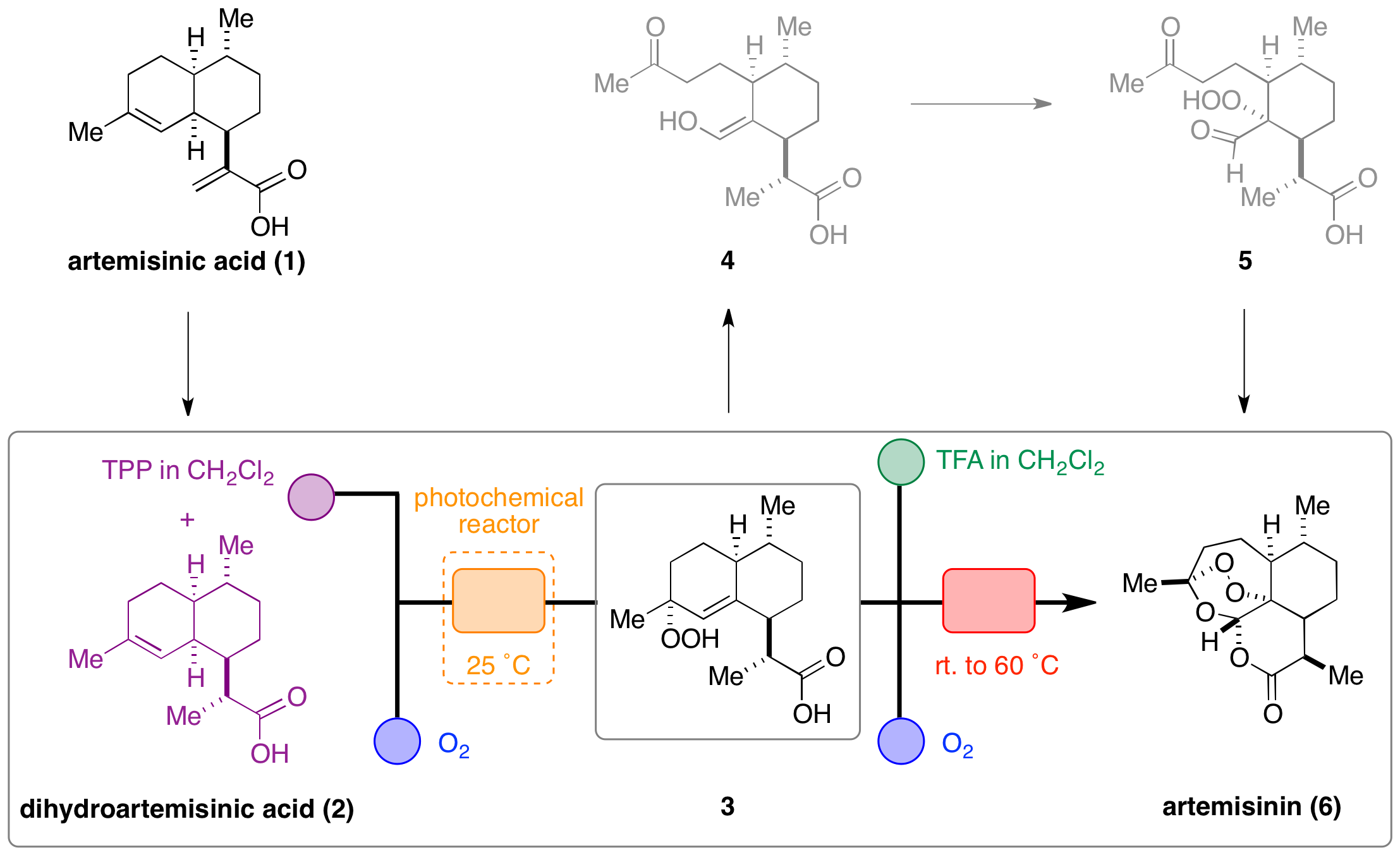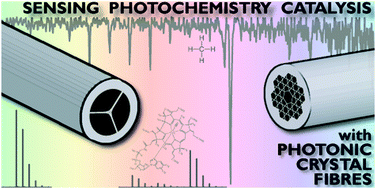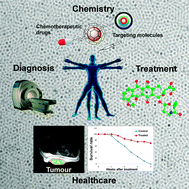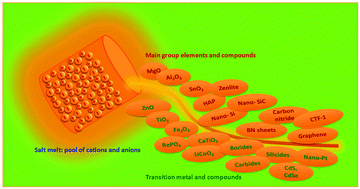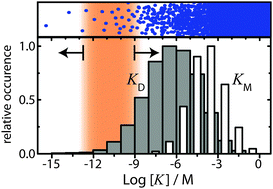This week is your last chance to nominate a colleague for the Chem Soc Rev 2014 Emerging Investigator Lectureship.
Nominate by 15th December 2013
This annual lectureship is given to recognise an emerging scientist who has made a significant contribution to their research field.
Qualifying details
To be eligible for the Chem Soc Rev Emerging Investigator Lectureship, the candidate should have completed their PhD on or after 15th September 2005.
Award details
The recipient of the lectureship will be asked to present a lecture at an international meeting. The Chem Soc Rev Editorial Office will provide the sum of £1000 to the recipient for travel and accommodation costs. The recipient will be presented with a certificate and will also be asked to contribute a review to the journal.
Nominations
Those wishing to make a nomination should send details of the nominee, including a brief CV together with a letter supporting the nomination, to the Chem Soc Rev Editorial Office by 15th December 2013.
Please note that self nomination is not permissible.
Following the close of nominations, nominees will be contacted and asked to summarise their key achievements and identify up to 5 of their top independent publications. They will also be asked to highlight the impact of their work and discuss how their research has evolved from their previous supervisor’s.
Selection
The recipient of the lectureship will be selected and endorsed by the Chem Soc Rev Editorial Board.
Previous winners include:



| 2013 – Xile Hu from the Ecole Polytechnique Fédérale de Lausanne (EPFL) in Switzerland | |
| 2012 – Xiaogang Liu from the National University of Singapore and Institute of Materials Research Engineering, A*STAR | |
| 2011 – Cristina Nevado from the University of Zurich in Switzerland | |
| 2010 – Shu-Hong Yu from the University of Science and Technology of China, in Hefei | |
| 2009 – Matt Gaunt from the University of Cambridge in the UK | |
| 2008 – Kazuya Kikuchi from Osaka University in Japan |











 Mario is a chemistry, solar energy and management scholar who leads a
Mario is a chemistry, solar energy and management scholar who leads a 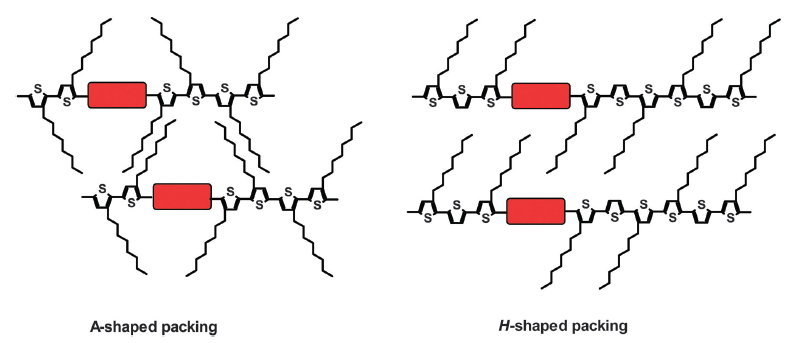
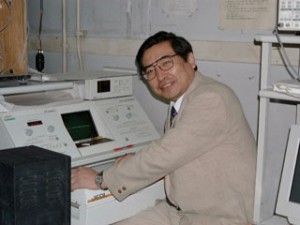
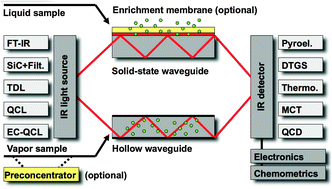
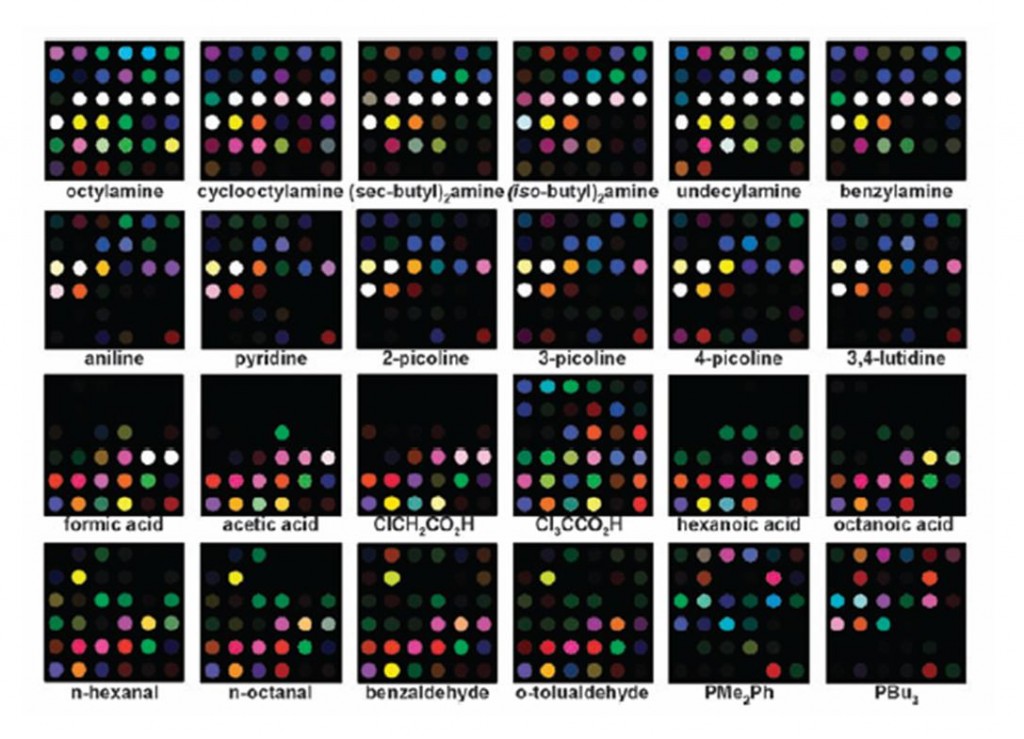
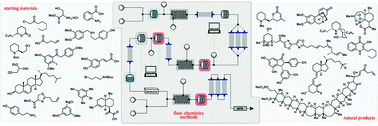 The number of sequential operations required in traditional approaches to making molecules can make synthesis time-consuming. In particular, downstream processes such as purification of the desired compound from waste products can take much longer than the actual reaction. Importantly, flow chemistry can also offer significant improvements to work health and safety as hazardous chemicals can be manipulated in a closed system and therefore, risks associated with exposure are reduced.
The number of sequential operations required in traditional approaches to making molecules can make synthesis time-consuming. In particular, downstream processes such as purification of the desired compound from waste products can take much longer than the actual reaction. Importantly, flow chemistry can also offer significant improvements to work health and safety as hazardous chemicals can be manipulated in a closed system and therefore, risks associated with exposure are reduced.